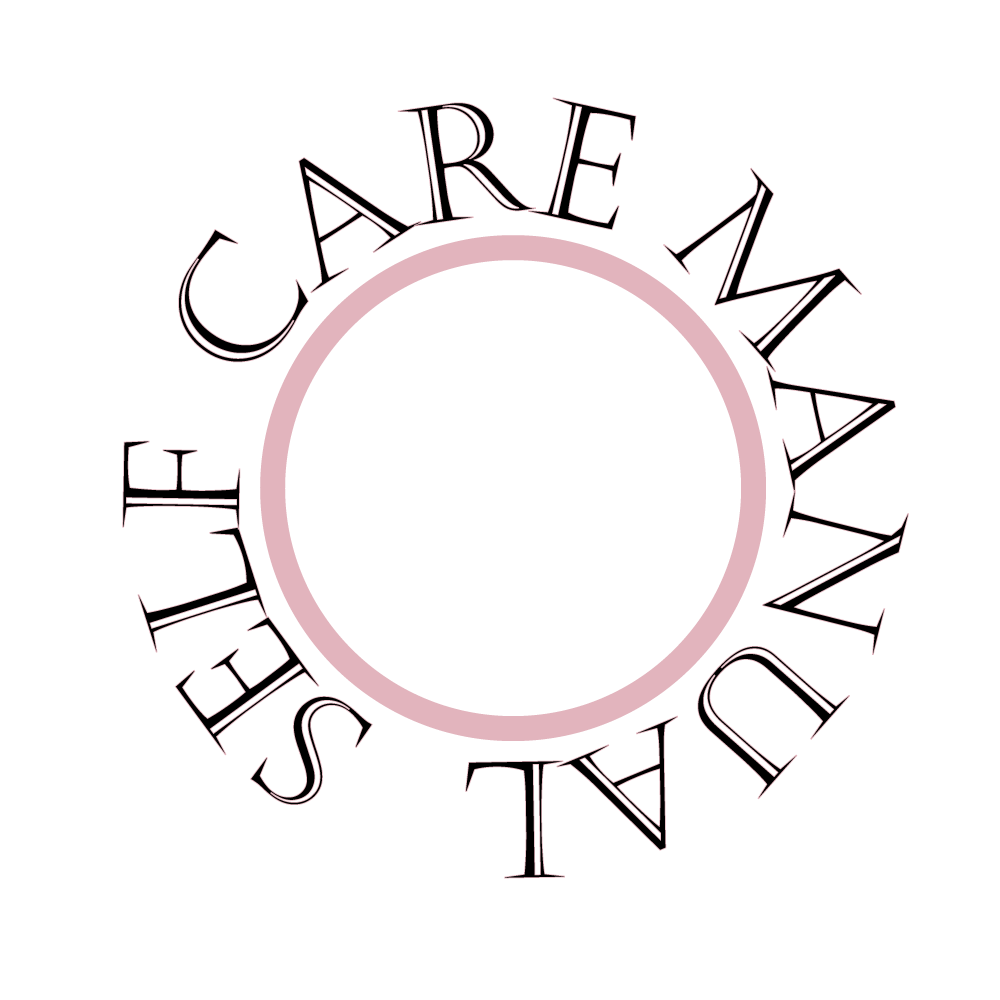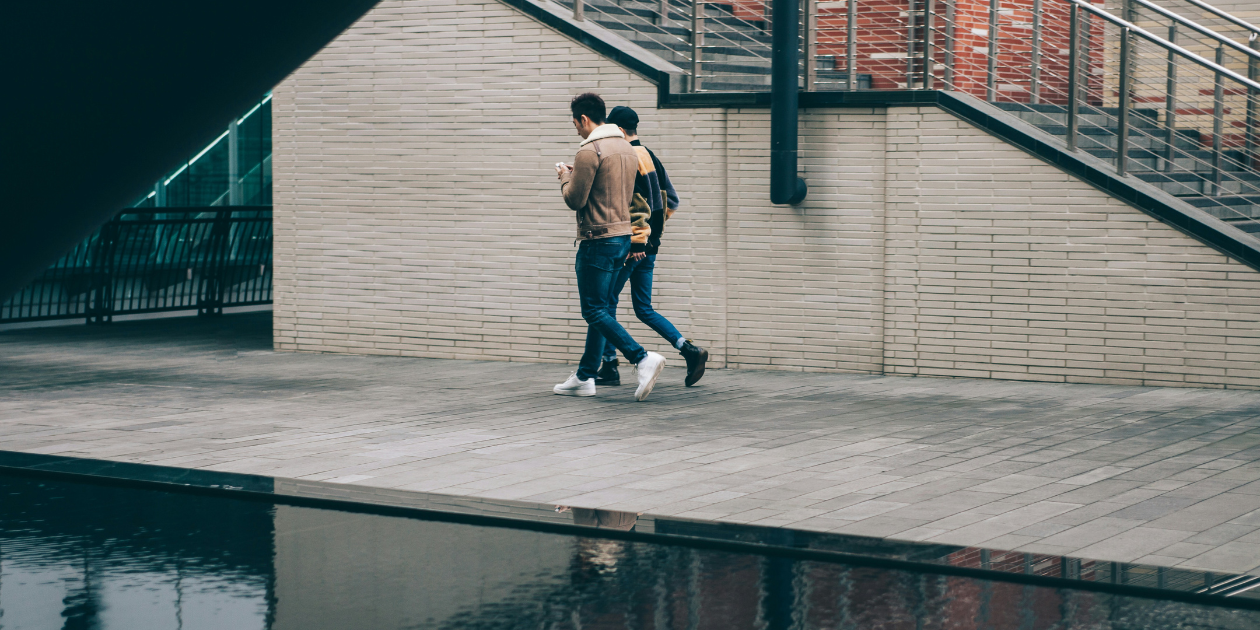Refresh, Recharge, and Rejuvenate: Why You Should Take a Stroll After Lunch
Today, let's take a journey through time, from the grandeur of ancient Rome to the insights of modern science, as we uncover the benefits of a seemingly simple practice: walking after lunch.
In ancient Rome, the wealthy understood the importance of post-meal movement. Encyclopedist Aulus Cornelius Celsus recommended walking at least a mile, or about 1,000 steps, after meals. This practice wasn't just for leisure; it was considered essential for health. Inscriptions in gardens and even Emperor Hadrian's villa in Tivoli emphasized the value of post-meal exercise.
Fast forward to today, and modern research echoes the wisdom of our ancestors. Studies show that exercise plays a crucial role in preventing and managing conditions like type 2 diabetes. However, there's still much to learn about the timing of exercise, especially after meals, and its impact on blood sugar levels.
Modern Research: The Science Behind Post-Lunch Walking
In recent years, scientific studies have shed light on the numerous health benefits of taking a walk after lunch. Let's explore some key findings:
Blood Sugar Regulation: Research has shown that physical activity, such as walking, can help regulate blood sugar levels, especially after meals. Even a two minute walk can lower your blood sugar levels.
After eating, blood sugar levels naturally rise, but engaging in exercise can enhance insulin sensitivity and promote glucose uptake by the muscles, leading to better blood sugar control.Digestive Health: Walking after a meal can aid digestion by stimulating the digestive tract and promoting bowel movements. This can help prevent issues like bloating, indigestion, and constipation, leading to greater comfort and well-being after eating.
Cardiovascular Health: Regular post-lunch walks have been associated with improved cardiovascular health, including lower blood pressure, reduced cholesterol levels, and decreased risk of heart disease. Walking is a low-impact aerobic exercise that can strengthen the heart and improve circulation, leading to better overall cardiovascular function.
Mental Well-Being: In addition to its physical benefits, walking after lunch can also have positive effects on mental health and well-being. Exercise stimulates the release of endorphins, neurotransmitters that promote feelings of happiness and relaxation, helping to reduce stress and improve mood.
Weight Management: Incorporating regular physical activity like walking into your daily routine can aid in weight management by burning calories and increasing metabolism. Walking after meals can also help control appetite and prevent overeating, contributing to a healthy weight.
Cognitive Function: Research suggests that physical activity, including post-lunch walking, may have cognitive benefits such as improved memory, attention, and cognitive flexibility. Walking stimulates blood flow to the brain, delivering oxygen and nutrients that support cognitive function.
Practical Tips: Incorporating Post-Lunch Walks into Your Routine
Now that we've discussed the benefits of post-lunch walks, let's explore some practical tips to help you make this healthy habit a regular part of your day:
Start Small:
If you're new to post-lunch walks, it's essential to start small and set achievable goals. Begin with a quick 5-minute walk around the block and gradually increase the duration as you build stamina and confidence. Remember, even a short walk can make a difference in your health and well-being.
Recruit a Walking Buddy:
Walking with friends or family can make the experience more enjoyable and motivating. Invite a coworker to join you for a lunchtime stroll or encourage your family members to take a post-meal walk together. Having a walking buddy can provide accountability and support, making it easier to stick to your walking routine.
Enhance the Experience:
To make your post-lunch walks more enjoyable, consider listening to music or an audiobook while you walk. Create a playlist of your favorite upbeat songs or download a podcast to listen to during your stroll. Music and audio entertainment can help pass the time and distract you from any discomfort or fatigue.
Choose Comfortable Attire:
Wear comfortable shoes and clothing suitable for walking when embarking on your post-lunch stroll. Opt for breathable fabrics that allow for freedom of movement and provide adequate support for your feet. Investing in a good pair of walking shoes can help prevent discomfort and reduce the risk of injury.
Find a Scenic Route:
Explore different walking routes in your area to keep your walks interesting and engaging. Choose scenic paths through parks, nature trails, or urban landscapes that inspire you and offer pleasant surroundings. Changing up your walking route can prevent boredom and make each walk feel like a new adventure.
Stay Hydrated:
Remember to stay hydrated before, during, and after your post-lunch walks, especially on hot days. Bring a water bottle with you and take sips regularly to replenish fluids lost through sweat. Proper hydration is essential for maintaining energy levels and supporting overall health during physical activity.
Conclusion: Step Into Better Health
As we conclude our discussion on the benefits of post-lunch walks, it's clear that this simple practice holds tremendous potential for enhancing our well-being. From regulating blood sugar levels to improving digestion and boosting mood, the advantages are undeniable.
But let's not forget the broader picture: the goal of walking 10,000 steps every day. Incorporating post-lunch walks into your routine is an excellent way to reach this target and reap the associated health benefits. Whether it's a quick stroll around the block or a leisurely walk through nature, every step counts towards a healthier, more active lifestyle.
If you're interested in learning more about the benefits of walking 10,000 steps a day, be sure to check out our post.





In recent years, scientific studies have shed light on the numerous health benefits of taking a walk after lunch. Let's explore some key findings: